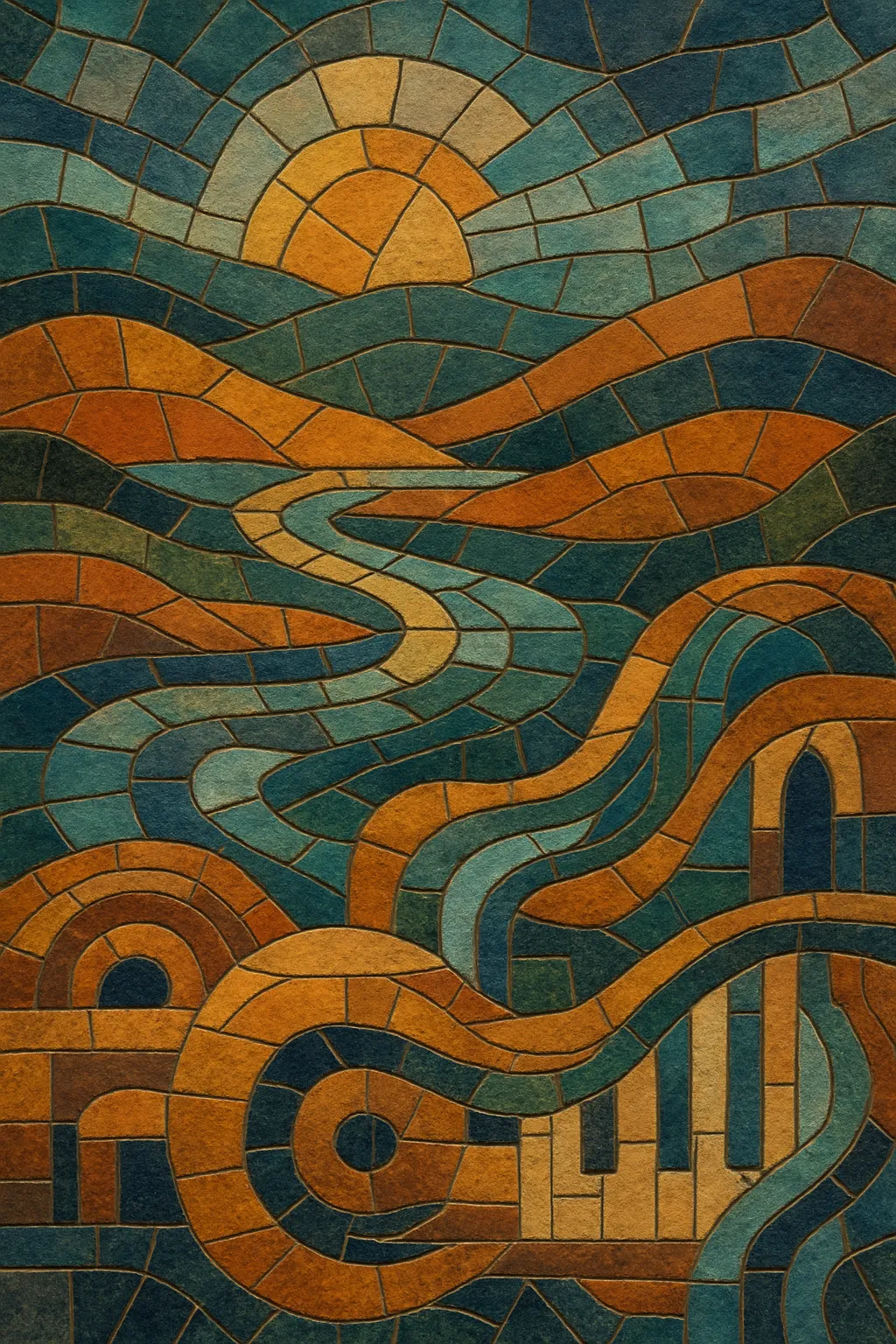
Melodic house is a strain of house music that foregrounds memorable melodies, emotive chord progressions, and lush atmospheres while retaining a steady four-on-the-floor groove.
It typically runs at a mid-tempo pace, features warm basslines, gentle percussion, and arpeggiated or plucked leads, and often balances a bittersweet, introspective tone with a quietly uplifting drive. Tracks are arranged with DJ-friendly intros and outros, spacious breakdowns, and tasteful builds, making the style equally suited to late-night dancefloors and attentive listening.
Melodic house crystallized in the 2010s as DJs and producers blended the groove of deep and progressive house with trance-like harmonies and ambient textures. The result was a more emotionally expressive form of house: smooth, spacious, and melody-driven, but still designed for continuous mixing.
The sound developed across European scenes, with UK labels and events (notably the Anjunadeep ecosystem) and continental European producers (Germany, Netherlands, Switzerland, Scandinavia) shaping its identity. Producers coming from deep/progressive house and trance leaned into mood-rich pads, arpeggiated synths, and pensive minor-key progressions, while keeping tempos moderate and percussion understated.
Imprints such as Anjunadeep, This Never Happened, Armada Electronic Elements, and Spinnin' Deep fostered a catalogue that defined the genre’s contours—melodic hooks, subtle builds, and polished, warm production. Festivals, label showcases, and club nights helped cement a shared aesthetic, while streaming-era curation (editorial playlists and long-form DJ mixes) accelerated global exposure.
From the late 2010s onward, the style expanded and cross-pollinated with melodic techno, organic house, and indie-leaning electronic sounds. Live instrumentation, singer-songwriter collaborations, and immersive audiovisual shows became more common, while the core traits—four-on-the-floor pulse, emotive harmony, and restrained euphoria—continued to define its dancefloor appeal.

